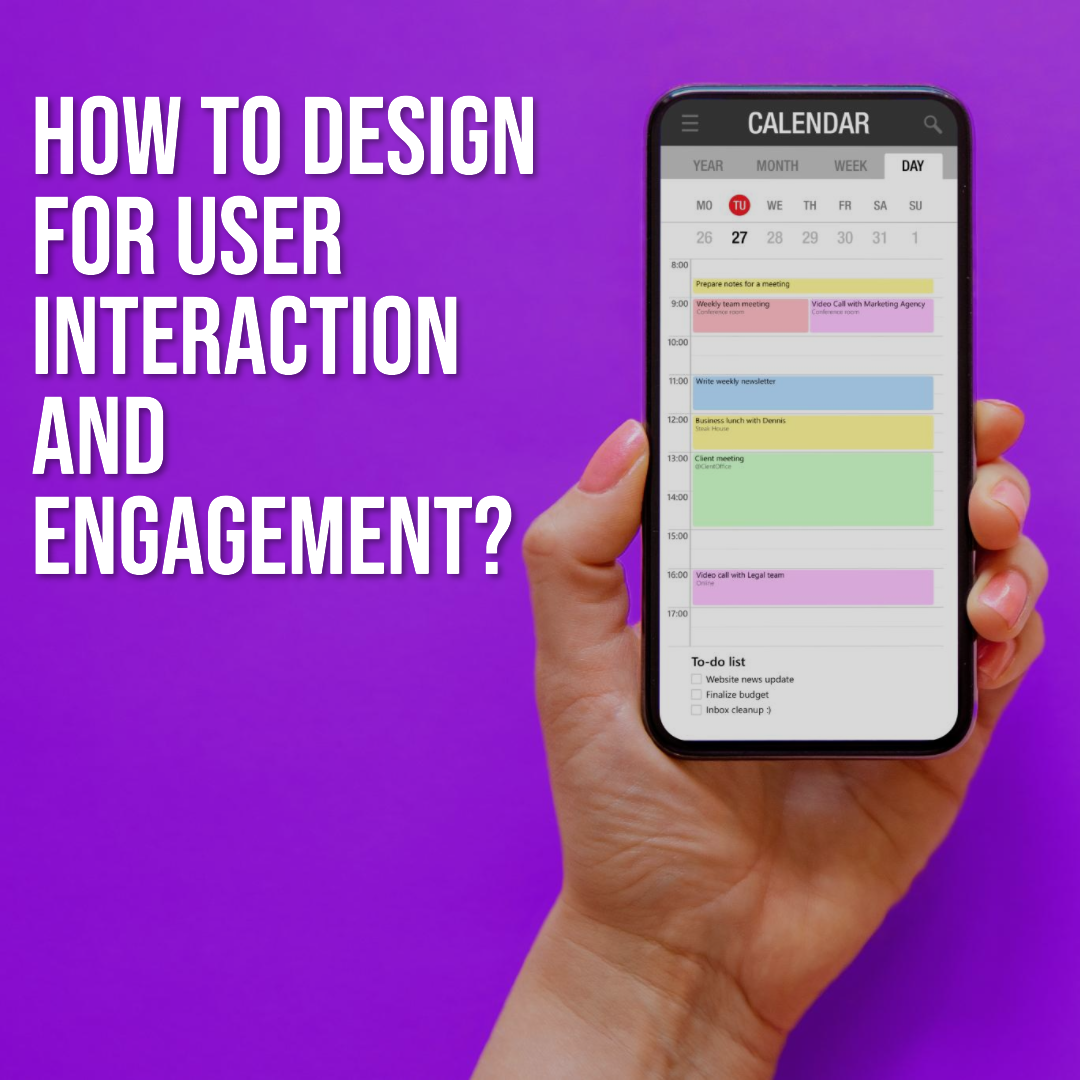How to design products for educational purposes?
Introduction
Education is essential for individual and societal success. Well-designed educational products can help to make learning more engaging, effective, and accessible for everyone.
When designing products for educational purposes, it is important to consider the following factors:
- The target audience: Who will be using the product? What are their learning needs and preferences?
- The learning objectives: What do you want learners to achieve by using the product?
- The educational content: What content will be delivered through the product? How will the content be presented?
- The user experience: How will users interact with the product? Is the product easy to use and navigate?
- The assessment: How will you assess learners’ progress and achievement?
Tips for designing effective educational products
Here are some tips for designing effective educational products:
- Use evidence-based design principles. There is a growing body of research on effective instructional design. When designing educational products, be sure to consider principles such as active learning, feedback, and scaffolding.
- Make products engaging and interactive. Learners are more likely to be motivated and learn when they are engaged in the learning process. Use interactive elements, such as games, simulations, and problem-solving activities, to keep learners engaged.
- Provide personalized learning experiences. Not all learners learn at the same pace or in the same way. Design products that allow learners to learn at their own pace and in a way that best suits their learning needs.
- Use multimedia content. Multimedia content, such as images, videos, and audio, can make learning more engaging and effective. Use multimedia content to illustrate concepts, provide demonstrations, and tell stories.
- Make products accessible. Educational products should be accessible to all learners, regardless of their abilities. Design products with features such as text-to-speech, closed captioning, and keyboard navigation.
Examples of well-designed educational products
Here are a few examples of well-designed educational products:
- Khan Academy: Khan Academy is a free online learning platform that offers courses in a variety of subjects, including math, science, history, and economics. Khan Academy uses interactive lessons, videos, and practice exercises to help learners at all levels master academic concepts.
- Duolingo: Duolingo is a free language learning app that offers courses in over 100 languages. Duolingo uses gamification elements, such as badges and leaderboards, to keep learners engaged and motivated.
- Codecademy: Codecademy is an online learning platform that offers courses in coding and web development. Codecademy uses interactive lessons and hands-on projects to help learners learn how to code.
- Osmo: Osmo is a set of educational games that use physical objects and augmented reality to teach learners about different subjects, such as math, science, and language. Osmo games are designed to be engaging and interactive, and they can be used by learners of all ages.
- Minecraft: Education Edition: Minecraft: Education Edition is a version of the popular game Minecraft that is designed for educational use. Minecraft: Education Edition includes features such as lesson plans, coding tools, and collaborative features that make it easy for teachers to use Minecraft to teach their students about a variety of subjects.
Conclusion
Well-designed educational products can help to make learning more engaging, effective, and accessible for everyone. By following the tips in this blog post, you can design educational products that help learners achieve their full potential.








